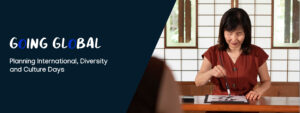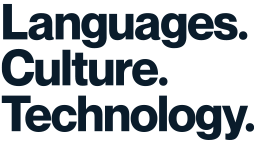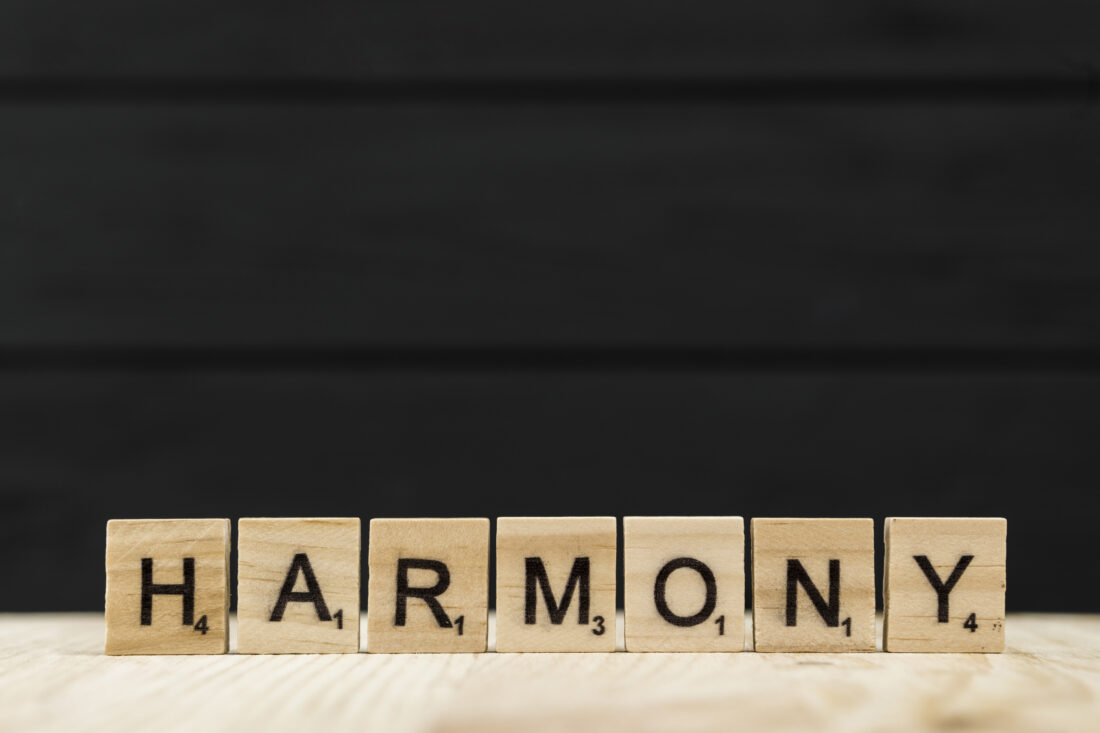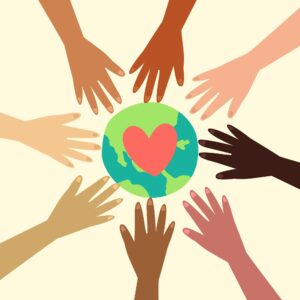Harmony Week 2023 – “We All Belong”
“Harmony Week is the celebration that recognises our diversity and brings together Australians from all different backgrounds.
It’s about inclusiveness, respect and a sense of belonging for everyone.
To participate, you can wear orange to show your support, or you can attend/host a Harmony Week event.”
Australia is a diverse and multicultural country with over 270 ancestries and one of the oldest continuous cultures in the world. It is sometimes described as ‘The Lucky Country’ – modern Australian culture is one of diversity and richness. Learning about our diversity, from each other, is a wonderful way to build understanding, respect, empathy and an inclusive culture where, ‘we all belong’.
It might surprise you to know that here in Australia:
- One in four of Australia’s 22 million people were born overseas; 46 per cent have at least one parent who was born overseas; and nearly 20 per cent of Australians speak a language other than English at home.[1]

- In 2013, overseas migration represented 60 per cent of Australia’s population growth in the year.[2]
- People born in the United Kingdom continue to be the largest group of overseas-born residents (5.3 per cent), followed by New Zealand (2.6 per cent), China (1.8 per cent), India (1.6 per cent) and Vietnam (0.9 per cent).[3] In 2013-14, 163 017 people from more than 190 countries were approved to become Australian citizens.[4]
- Migrants make an enormous contribution to Australia’s economy and provide an estimated fiscal benefit of over 10 billion dollars in their first ten years of settlement.[5] In 2010-11, international education activity contributed $16.3 billion to the Australian economy.[6]
From, Face the Facts, Australia’s Cultural Diversity. Australia’s Human Rights Commission
Australia is a country with strong immigration and it always has been Over the history of modern Australia, waves of migrants have moved to Australia in search of a better life and different opportunities. Around 28 per cent of people are born overseas and almost half the population have a parent born overseas – cultural and linguistic diversity is the norm in many places in Australia.
Activity:
Explore How Multicultural is Your Suburb? SBS, Australia to discover how culturally and linguistically diverse your local area, town, or city are, with the top countries of birth, top languages and top religions.
What does it mean to be Australian?
This year’s theme for Harmony Week is ‘We All Belong’, and we can start by considering what we belong ‘to’. What does it mean to be Australian in this modern era where one in four Australians are born overseas?
The following resources and videos are to be selected for their age suitability and explored together with students, discussing the key themes that each video offers, such as;
- What does it mean to you to ‘be Australian’?
- What do you think other people might think it means? Is this similar or different to your own idea? Why/Why not?
- Do you think national identities change over time? Why/How? Why not?
- What does the idea of ‘identity’ mean to you? How would you describe your own identity?
What Does Being Australian Mean To You? Channel 10. Suitable for all ages.
What Does Being Australian Mean To You? Behind the News, ABC. Suitable for Primary Schools
Multiculturalism and the Australian Identity, Q&A, ABC. Suitable for Secondary Schools.
What Does It Mean To Be Australian?, Q&A, ABC. Suitable for Secondary Schools.
Stereotypes
National and cultural identities often fall into stereotyping – but do we understand what stereotypes are and where they come from? Use the following videos to explore the idea of stereotypes and discuss the key themes using questions such as:
- What is a stereotype?
- Where does it come from?
- Why might they be harmful or hurtful?
- How can we identify if we are using a stereotype?
- What should we do if we see others stereotyping?
Diversity and Inclusion
Check out these amazing Young Changemakers from Meg’s own Global Citizenship Student Ambassador Program who decided to take action on the issue of ‘inclusion’ in their school through designing a solution that meant everyone learnt more about their school and community cultures!
Your students might want to be Changemakers too, and design a solution to how your class, school or community can become more inclusive.
Host a special event
To celebrate Harmony Week, Meg Languages is giving access to all school educators our 6 hour, self paced PD course, Planning an International, Diversity or Culture Day. Sign up here to access this course for FREE.

Activities to do in class
Learn another language
Here at Meg we are BIG advocates for learning other languages. We know it’s great for your brain and helps us all to become respectful, empathetic Global Citizens. You can start off by learning how to ‘hello’ in different languages this week and use them at roll call! Find out who speaks other languages in your class, ask them to teach you how to say hello and practise your hellos in different languages in your roll call this week, and beyond.
Find out more about the meaning behind ‘Kia Ora’, 100% New Zealand, Kia ora
Let’s get reading…


Two of our favourite picture books to share for Harmony Week’s 2023, We All Belong.
Picture Books are a wonderful way to open up discussions into the deep and complex topics of Identity, Inclusion and Belonging. Check out more titles here, Everyone Belongs, Books to Read for Harmony Week.
If you’re wanting to take a deeper dive into ensuring your classroom or school library is culturally responsive and diverse, consider taking the Lee and Low Books Classroom Library Questionnaire or Learning for Justice’s Reading Diversity Tool.
Harmony on a plate
Food and cooking are a great way to learn about other cultures and open up conversations about your own culture. Check out the Taste of Harmony recipes for options of delicious meals from around the globe! Below are some simple recipes for Chinese and Spanish culture that are easy to make with young people.
Movie Time
Watching TV or films set in other cultures gives is a fun way to explore other cultures and experiences we haven’t yet learnt about. With so many films and TV shows being made these days that are set in different global locations, there are a lot of options for us to choose from. Watch part of a film or TV show and discuss what you’ve learnt about another culture. For example:
- Kung Fu Panda teaches us about the different Kung Fu styles, China’s national treasure, the panda, and different types of food, buildings and scenery you can find in China.
- Disney’s recent hit, Encanto, teaches us about Colombian culture through the varying regions, customs and landscapes of Colombia, and don’t forget about the music!
- Moana, also a Disney classic, has much to teach us about Polynesian culture, which is right on the doorstep of Australia. The story starts off with the legend of Maui (also linked to NZ culture) and we learn about the way the locals live on the island as well as their sea-faring and voyaging histories and identity.
Check out more movies and short films suitable as cultural discussion resources; Meg’s Chinese Media Texts and Spanish Media Texts.
More fun activity ideas!
- Create an activity card to discover a different culture from your classroom, school or community. Check out our cards for Chinese and Spanish culture for ideas!
- Explore the holidays and festivals in your class, discover Chinese and Spanish holidays and festivals here (with activities)!
- Discuss which TV or Films you know that showcase other cultures, check out Meg’s Chinese
- The official Harmony Week page has lots more ideas and lesson plans.
Further resources for educators
- Inclusion and Education – GEM Report UNESCO
- The Complete 2023 Diversity Calendar, Dates and Celebration Events
- Statistics in Schools (census.gov)
- Learning for Justice | Education Resources
- Concepts and Tools for Racial Equity Work
Share your images, activities and ideas on social media and tag us to share too, find us at @MegGlobalEd







